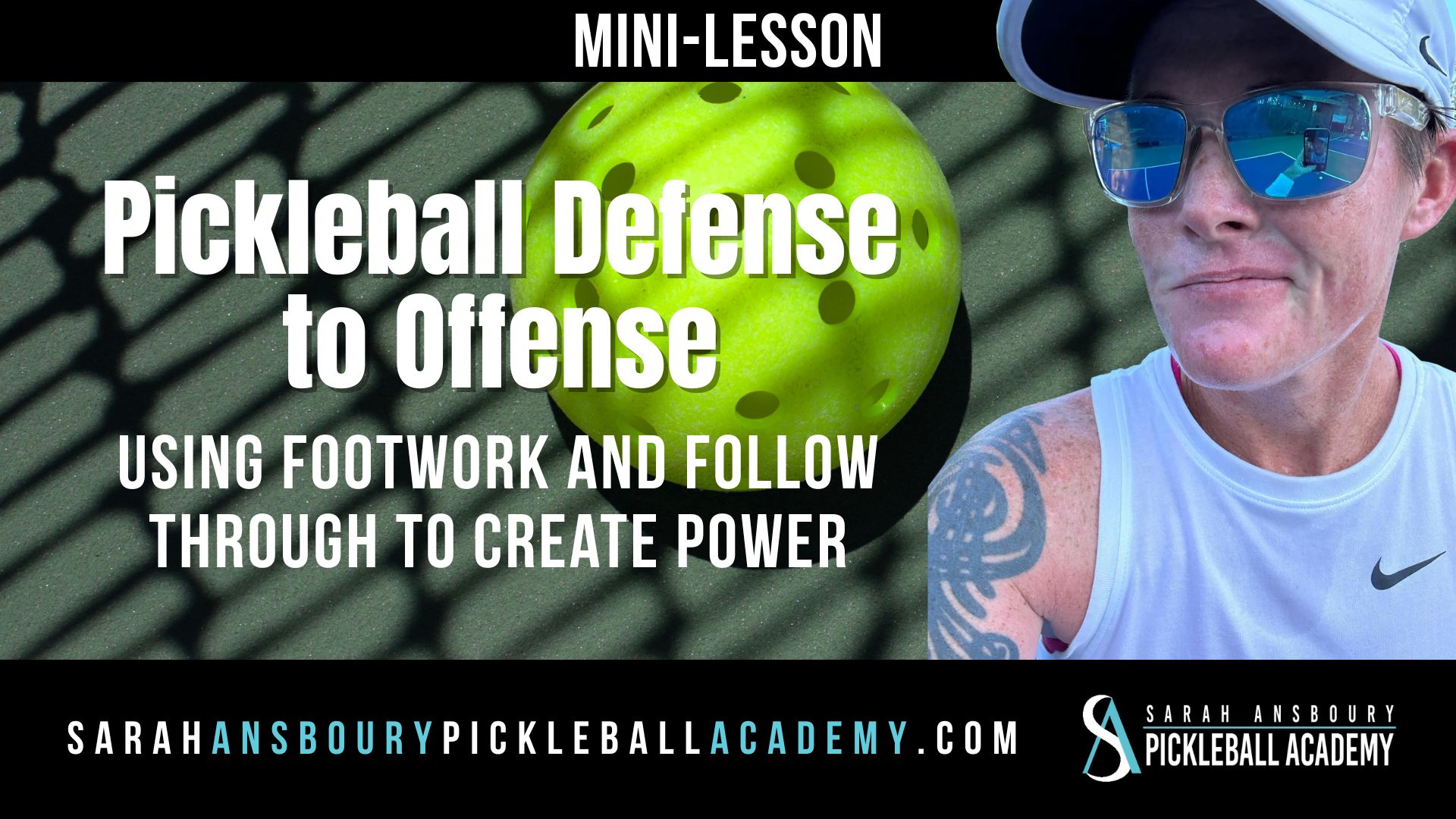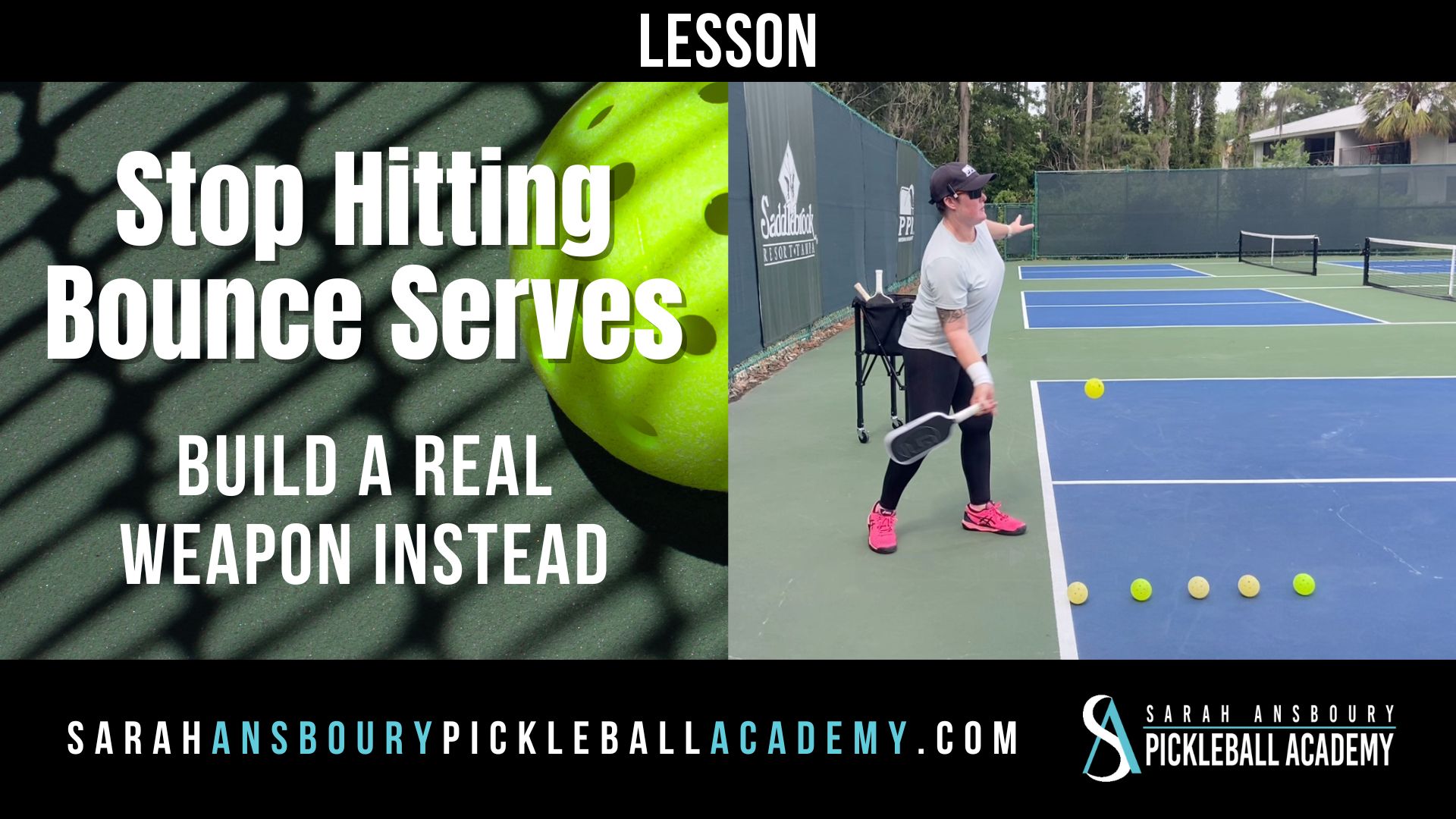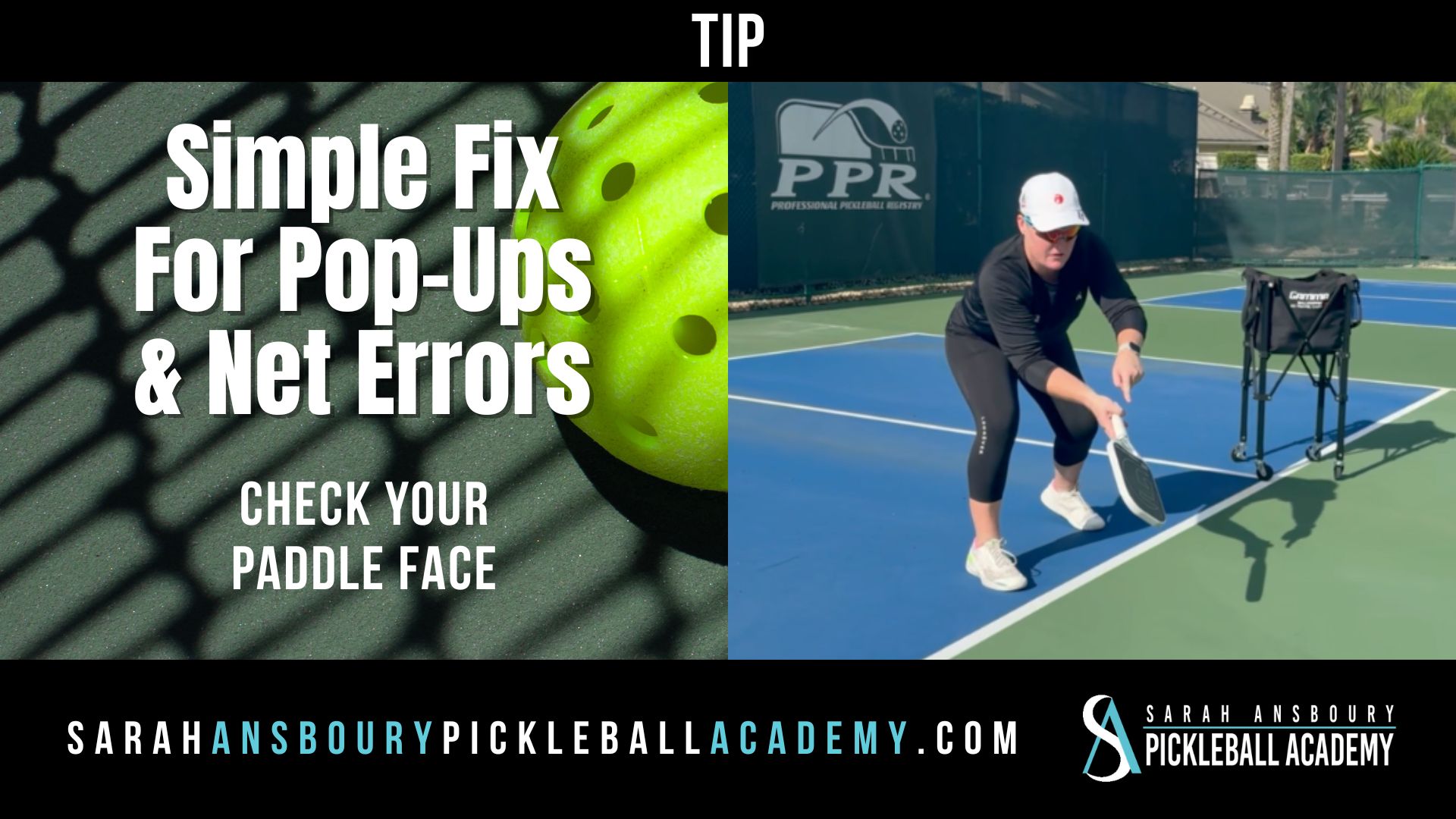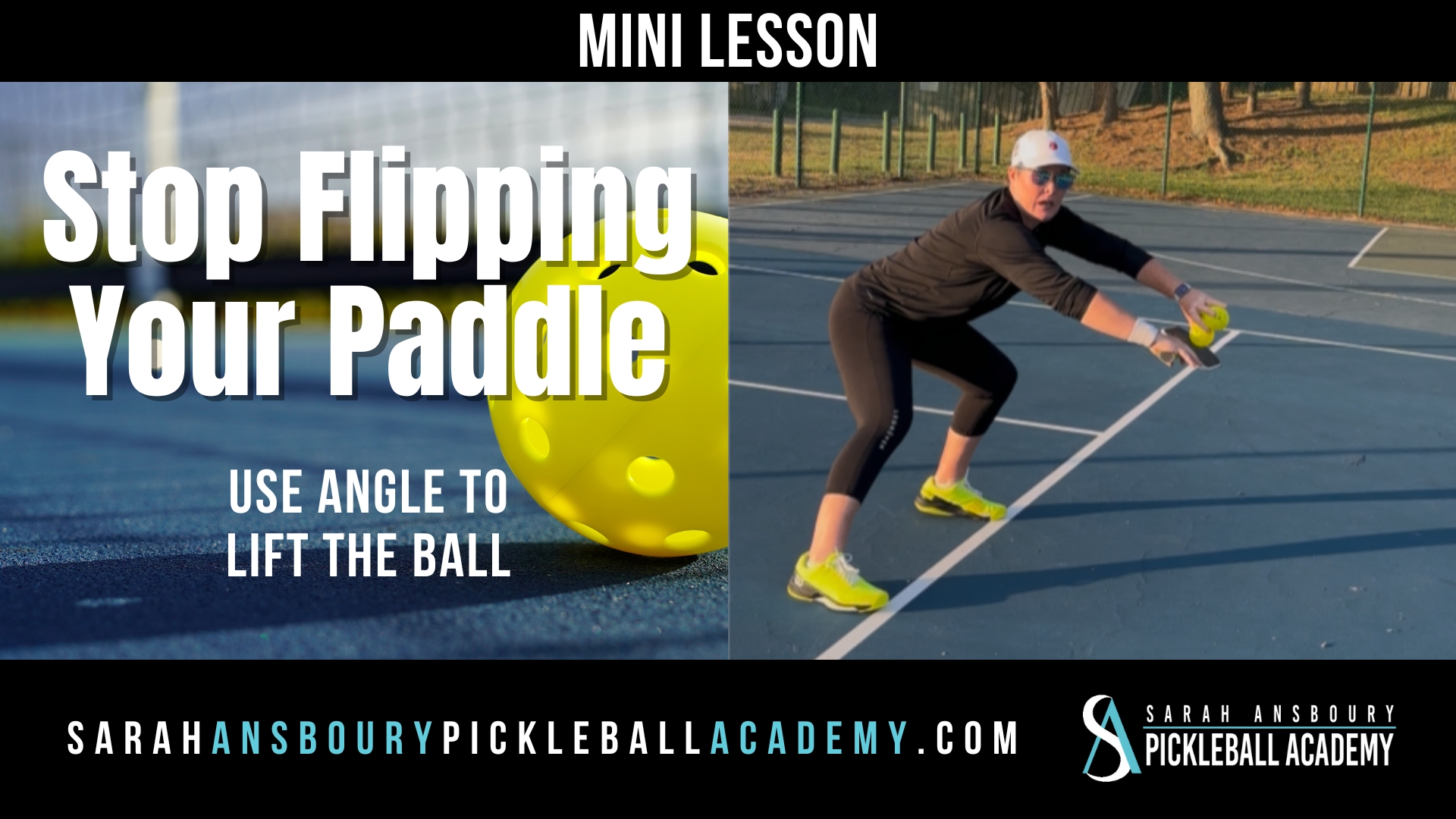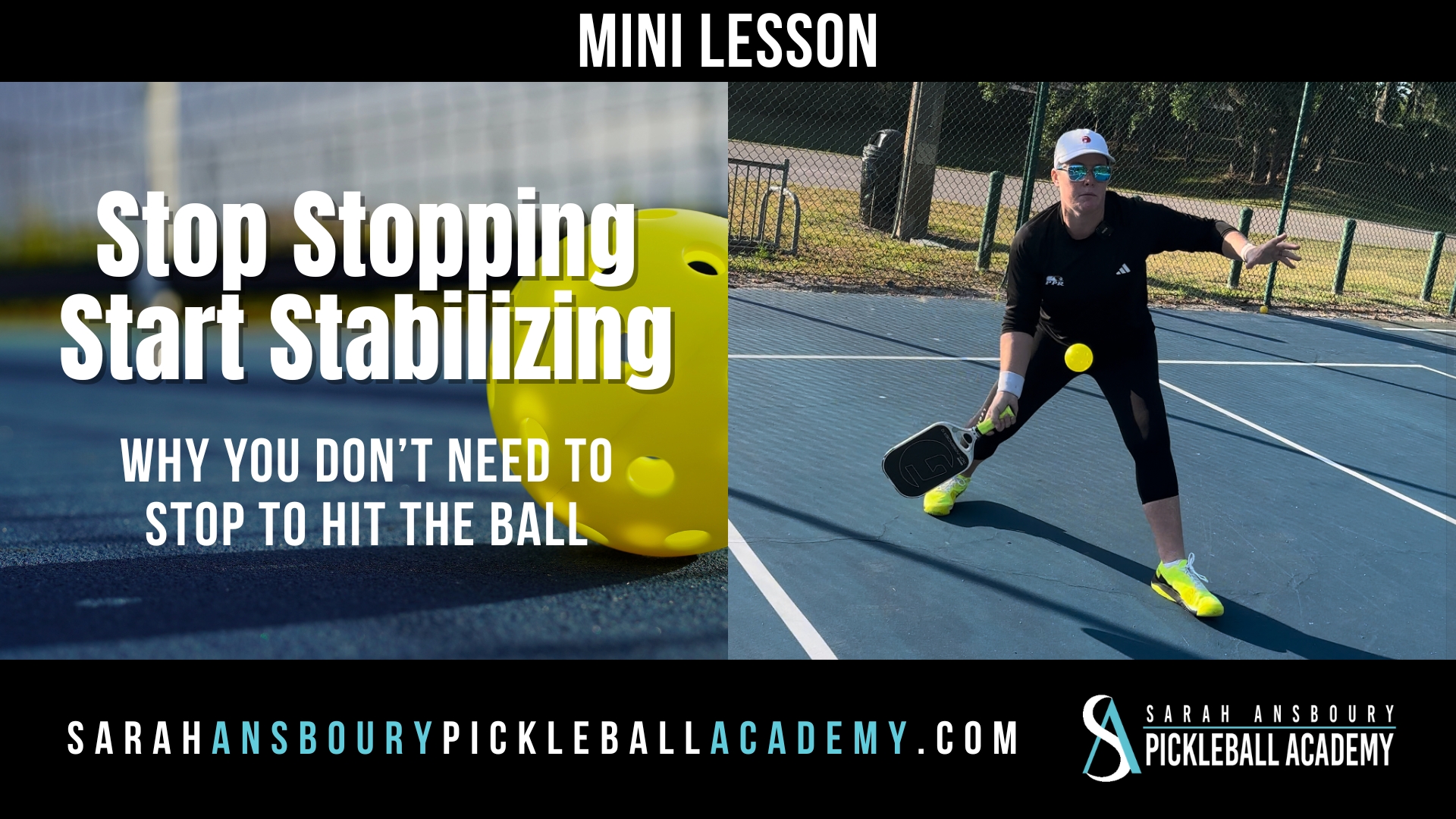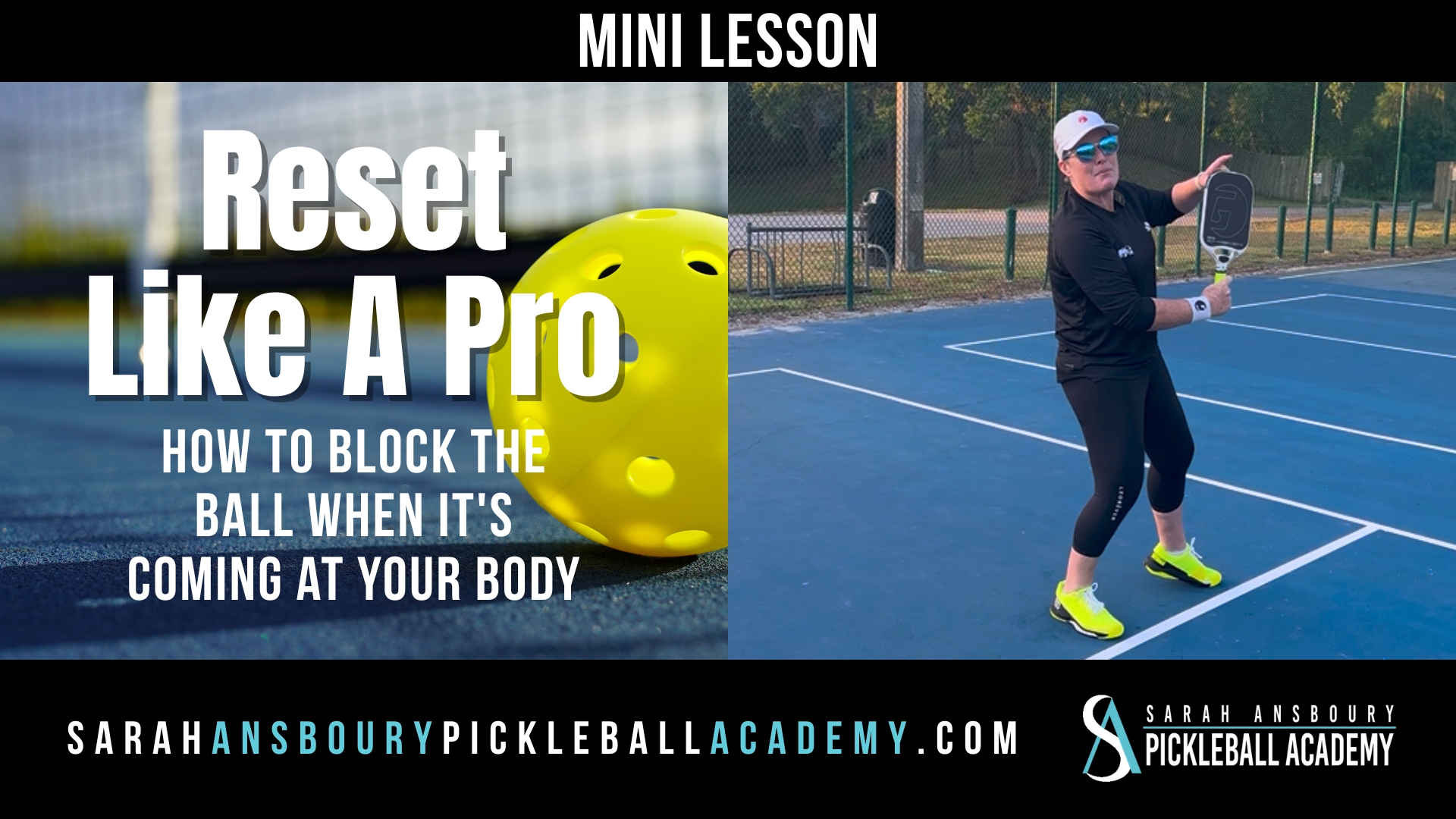So many players come to me asking for help with their weak backhand. It is a very common challenge. But with focused practice, it can be overcome.
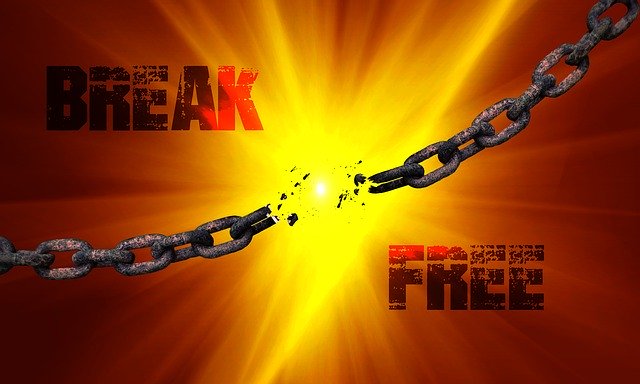
First, Focus on your non-dominant hand
If you follow this blog you know I have written before about your non-dominant hand. But it is especially important when you are hitting a backhand. It doesn’t matter if it is one-handed or two-handed. Each requires the use of your non-dominant hand. First, your non-dominant hand supports the paddle movement during the backhand. It ensures balance and brings the paddle back to the proper position. If you allow your non-dominant arm to just hang by your side, you have a tendency to take the paddle back too far behind you.
Utilizing both hands also promotes the mobility of your shoulders which is key to consistency. If you prefer a one-handed backhand, guide the paddle back by supporting the paddle with your non-dominant hand and then separate your hands. This motion promotes power and balance.
Second, Consider your elbow
Many players who struggle with an effective backhand fail to turn their shoulders. Instead, they simply bend their elbow, face the net and swat at the ball. This motion relies on the forearm to generate all power…typically not a very powerful part of our bodies. Not only will this generate weak shots into the net, but it can also lead to injury.
How to practice
In addition to exercises off the court to strengthen your shoulders, consider adding focused backhand dinks to your typical practice 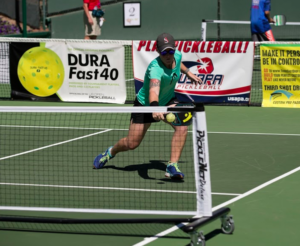 routine. When you practice, keep your feet still, extend your arm and move the paddle with your shoulder. You want a nice smooth, slow motion guiding the ball to your target. Imagine spreading warm butter on a piece of bread using long strokes. Let your shoulder extend and feel the ball on the paddle a bit longer. Remember to have a loose grip in the fingers (not the palm) of your hand. The ball is light. It doesn’t have far to go. Stay relaxed and slow. Continue to practice a crosscourt motion. As you become more advanced, change things up by occasionally hitting the ball down the line. Don’t move your feet or bend your elbow. Simply, move the paddle to change the ball’s direction.
routine. When you practice, keep your feet still, extend your arm and move the paddle with your shoulder. You want a nice smooth, slow motion guiding the ball to your target. Imagine spreading warm butter on a piece of bread using long strokes. Let your shoulder extend and feel the ball on the paddle a bit longer. Remember to have a loose grip in the fingers (not the palm) of your hand. The ball is light. It doesn’t have far to go. Stay relaxed and slow. Continue to practice a crosscourt motion. As you become more advanced, change things up by occasionally hitting the ball down the line. Don’t move your feet or bend your elbow. Simply, move the paddle to change the ball’s direction.

